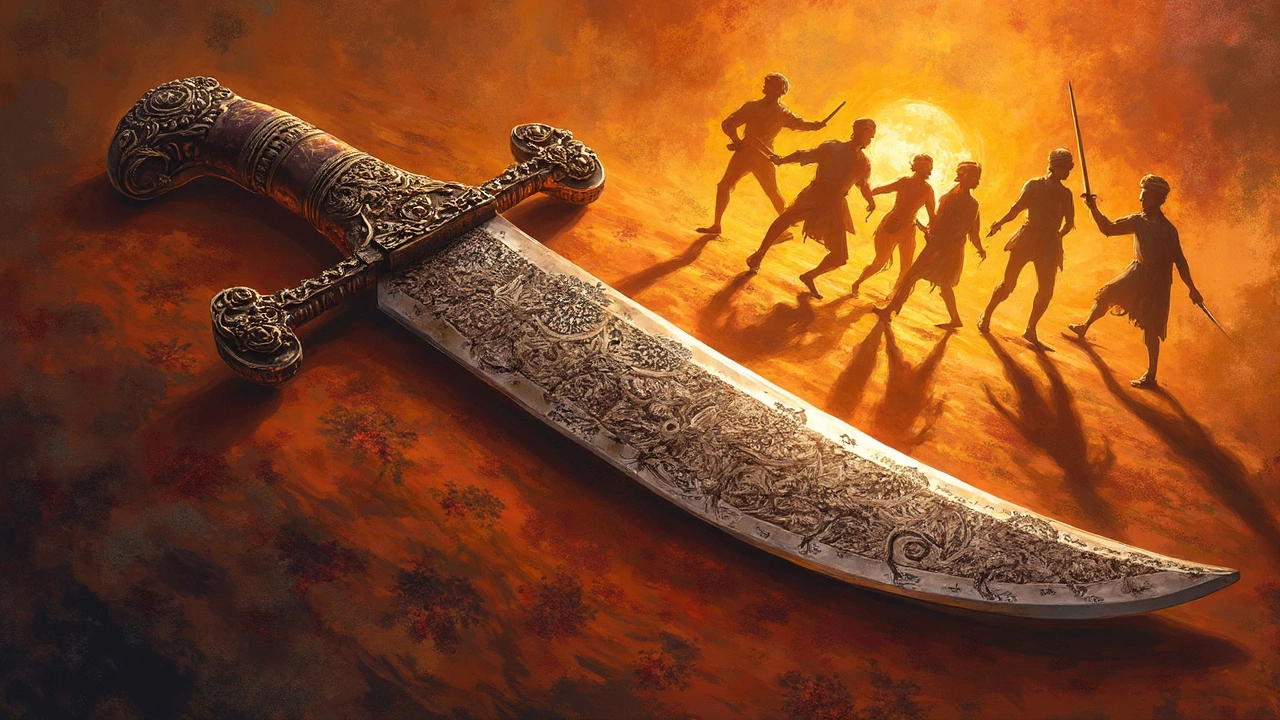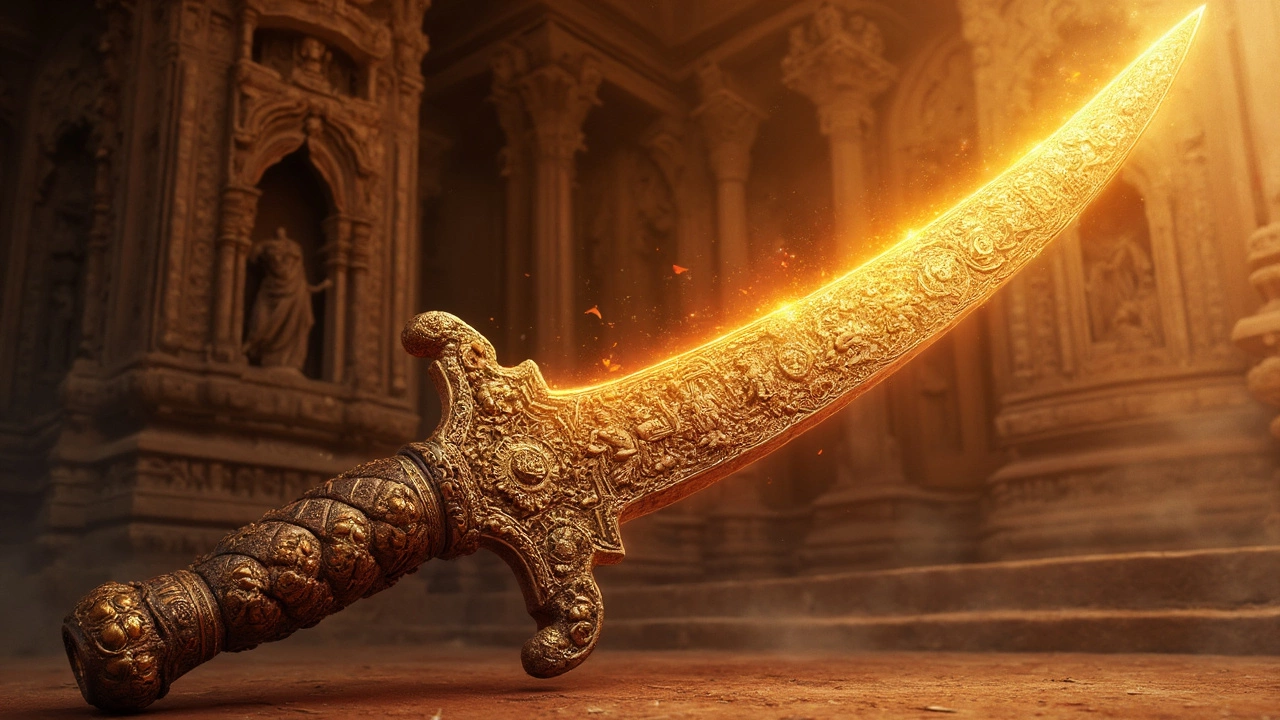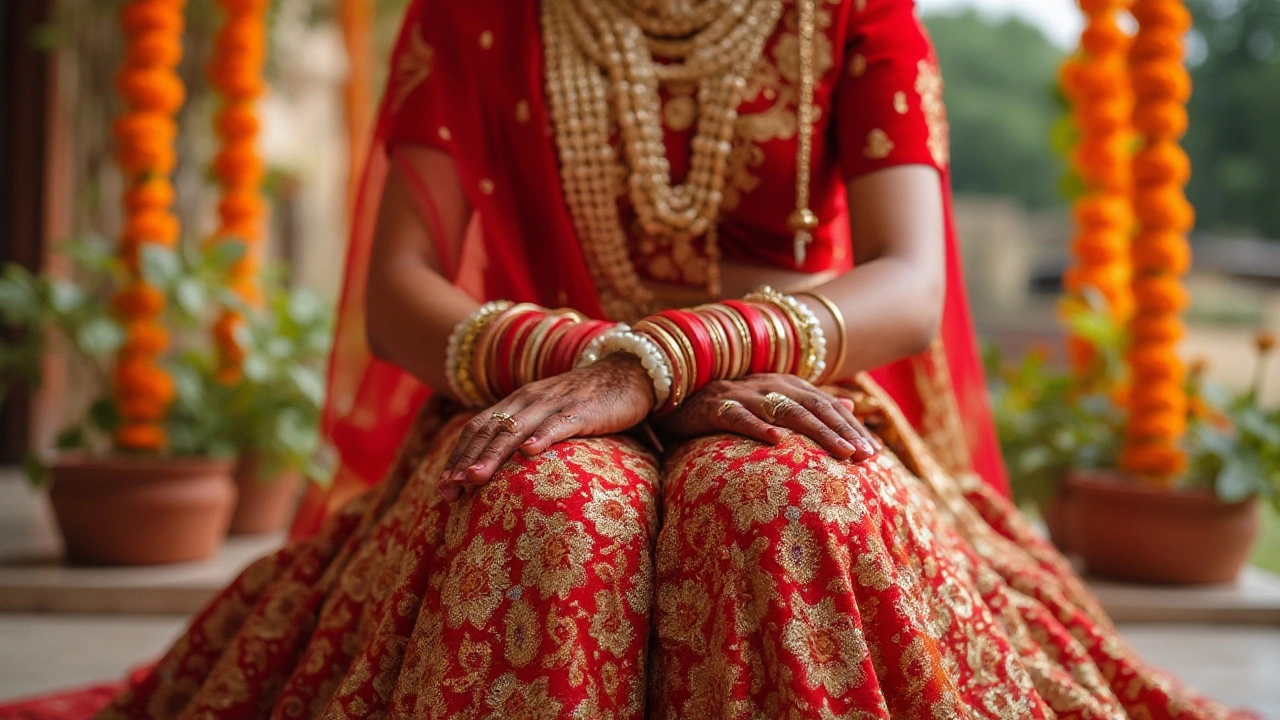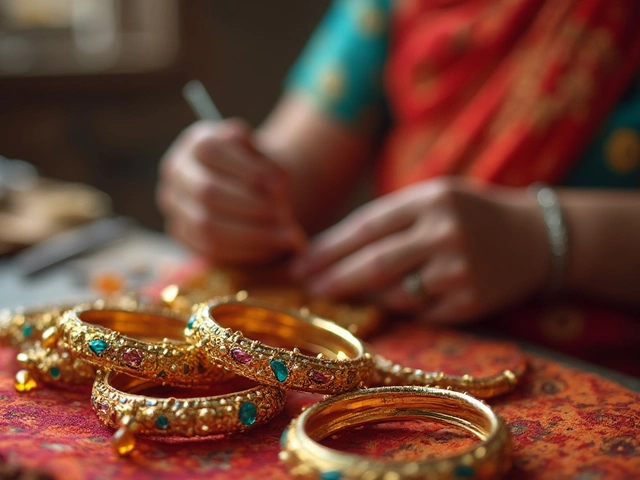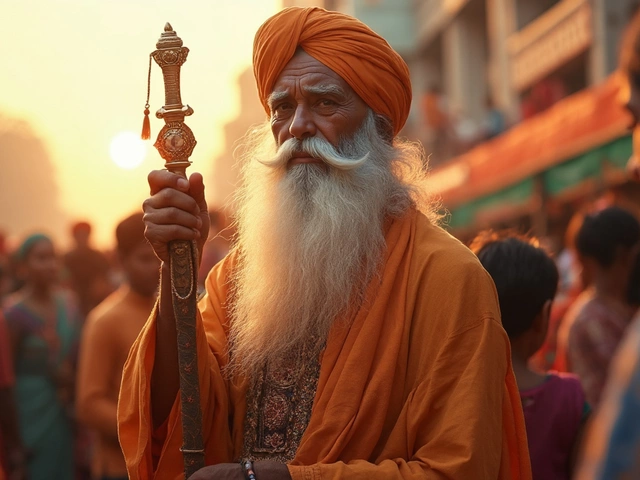Category: Culture and Traditions - Page 5
Kirpan and the Five Ks of Sikhism: What You Need to Know
The Kirpan is a significant symbol in Sikhism, serving as one of the Five Ks that Khalsa Sikhs are expected to uphold. This article delves into the history and meaning of the Kirpan, its cultural significance, and how it fits into modern Sikh identity. Understanding the Kirpan can provide deeper insights into Sikh values and spirituality. Practical tips on wearing and respecting this important religious artifact are also discussed.
Kirpan: A Symbol of Spiritual Non-Violence
The kirpan, a ceremonial dagger carried by initiated Sikhs, is rich in spiritual symbolism and lessons on non-violence. Unlike typical weapons, the kirpan represents a profound dedication to justice, compassion, and protection of the weak. This article delves into the spiritual meaning behind the kirpan and its unique role in promoting peace within the Sikh faith. Understand the historical context, core principles, and daily practices associated with this sacred symbol.
Understanding the Kirpan: A Symbol of Sikh Values
The Kirpan is a ceremonial sword that forms a significant part of Sikh identity. This article delves into its symbolism, historical roots, and its connection to the values of justice, courage, and self-defense. It also dispels common myths and offers insights into its modern-day relevance. Learn how this sacred symbol is integrated into Sikh life and its broader cultural significance.
Kirpan: Perspectives from Around the World
Explore how different countries perceive the Kirpan in public spaces. Understand cultural perspectives and legal considerations for Sikhs carrying the Kirpan globally. This article sheds light on both acceptance and challenges faced by Sikhs with their sacred dagger in diverse nations, offering insights for travelers and those interested in cultural practices.
Kirpan Craftsmanship: The Art of Making These Sacred Blades
Explore the fascinating world of Kirpan craftsmanship, where traditional skills meet modern techniques to create these sacred symbols. Learn about the materials used, the intricate processes involved, and the cultural significance that makes each Kirpan unique. This article provides a practical guide to understanding how Kirpans are made, ensuring you appreciate the artistry and dedication behind every blade. Dive into the details that make Kirpan production a revered craft.
Kirpan in Schools and Workplaces: Navigating Challenges and Finding Solutions
The inclusion of the Kirpan, a ceremonial dagger worn by Sikh individuals, in schools and workplaces raises questions about religious freedom and safety. This article explores the balance between respecting religious practices and ensuring safety, offering practical solutions for both educational institutions and work environments. By understanding the cultural significance of the Kirpan, we can develop thoughtful policies. Learn about real-world challenges and possible accommodations that respect both tradition and safety.
The Kirpan: Reflecting Sikh Values and Identity
The Kirpan is not just a ceremonial dagger; it's a powerful symbol of Sikh values and identity. Delving into its historical roots reveals its significance in promoting justice and compassion. This article explores how the Kirpan embodies core Sikh principles and what it means for modern-day Sikhs. Gain a deeper understanding of this sacred item and its role in Sikhism.
The Kirpan: Exploring its Importance in Sikhism
The Kirpan, one of the Five Ks of Sikhism, is more than just a ceremonial dagger. It represents compassion and one's duty to stand against oppression. Understanding the Kirpan helps appreciate its role in Sikh faith and how it symbolizes moral responsibility. This article delves into the significance and the principles behind wearing it.
Kirpan: A Sacred Duty Beyond a Sword
The Kirpan is more than just a sword; it represents a critical aspect of Sikh faith and tradition. Worn as one of the 'Five Ks,' it symbolizes the wearer's duty to protect and uphold justice. This article delves into its historical roots, religious significance, and the responsibilities that come with carrying a Kirpan. Discover why this weapon is an essential part of Sikh identity, transcending its physical form to embody a moral and spiritual commitment.
Kirpan: A Symbol of Courage and Justice in Modern Times
The Kirpan is more than just a ceremonial dagger—it embodies the principles of courage and justice within the Sikh faith. This article uncovers the cultural significance and historical roots of the Kirpan, illustrating how it serves as a potent reminder of a Sikh's duty to stand up against oppression. Through interesting facts and practical tips, readers will gain a deeper understanding of how this symbolic item influences modern Sikh practice and identity.
Kirpan: Uncovering Its Spiritual Roots and Non-Violent Symbolism
The kirpan, often misunderstood, is not just a ceremonial dagger but a profound symbol of spirituality and non-violence in Sikhism. This article explores the deep spiritual significance of the kirpan, its historical origins, and its role in promoting peace and justice. Discover how this emblem of courage and service fits into modern-day Sikh practices. Learn about the principles that underpin carrying a kirpan and its relevance in contemporary society.
The Significance of Removing Choora Bangles: A Cultural Insight
Choora bangles, an essential part of Punjabi wedding customs, are worn by brides as a symbol of prosperity and marital bliss. These red and white bangles are imbued with cultural richness, marking a new chapter in a woman's life. The ritual of removing the choora signifies her transition from bridal to married life, typically performed by a trusted elder of the family. This article delves into the meaning behind this tradition, when and how it is done, and its importance to the community.


